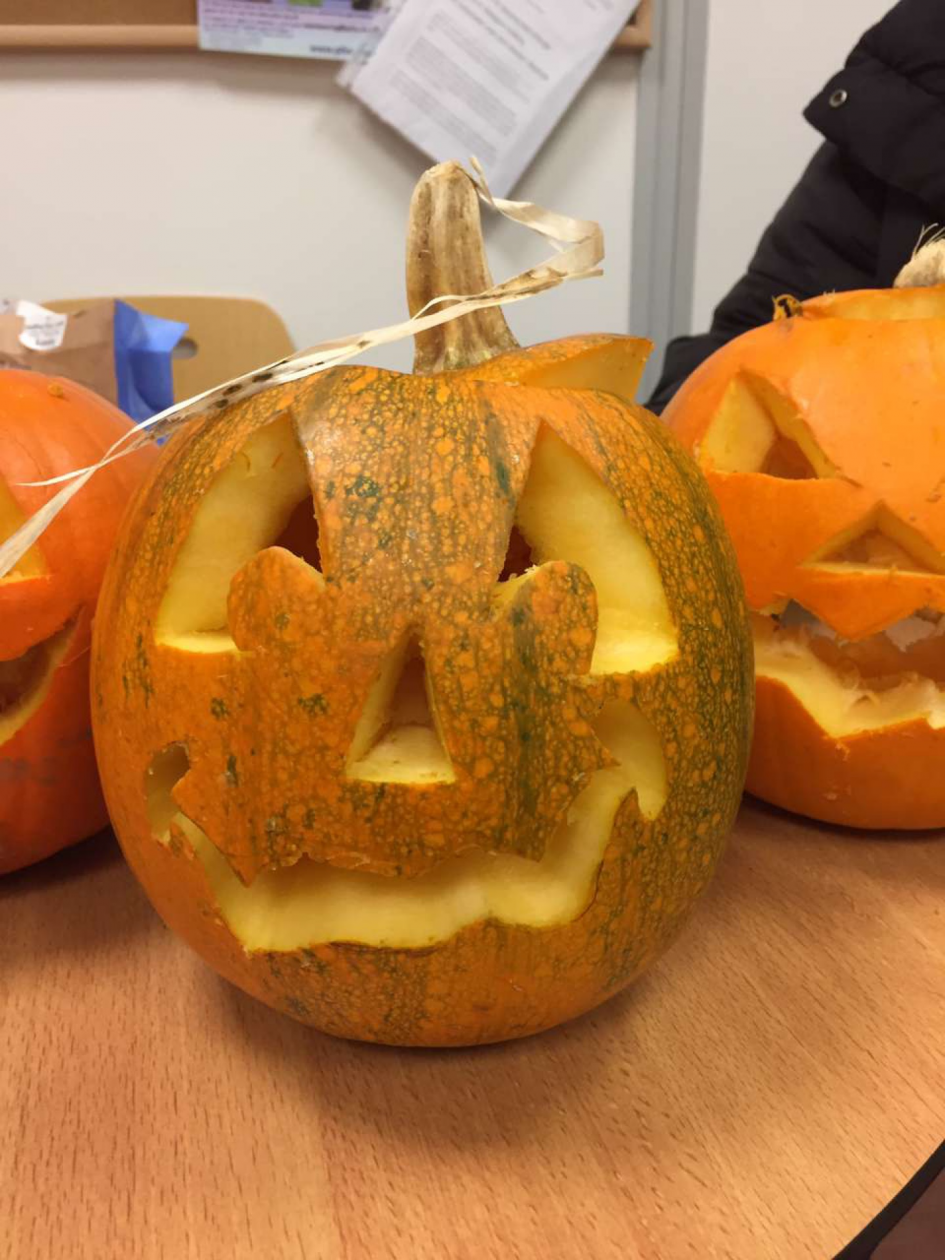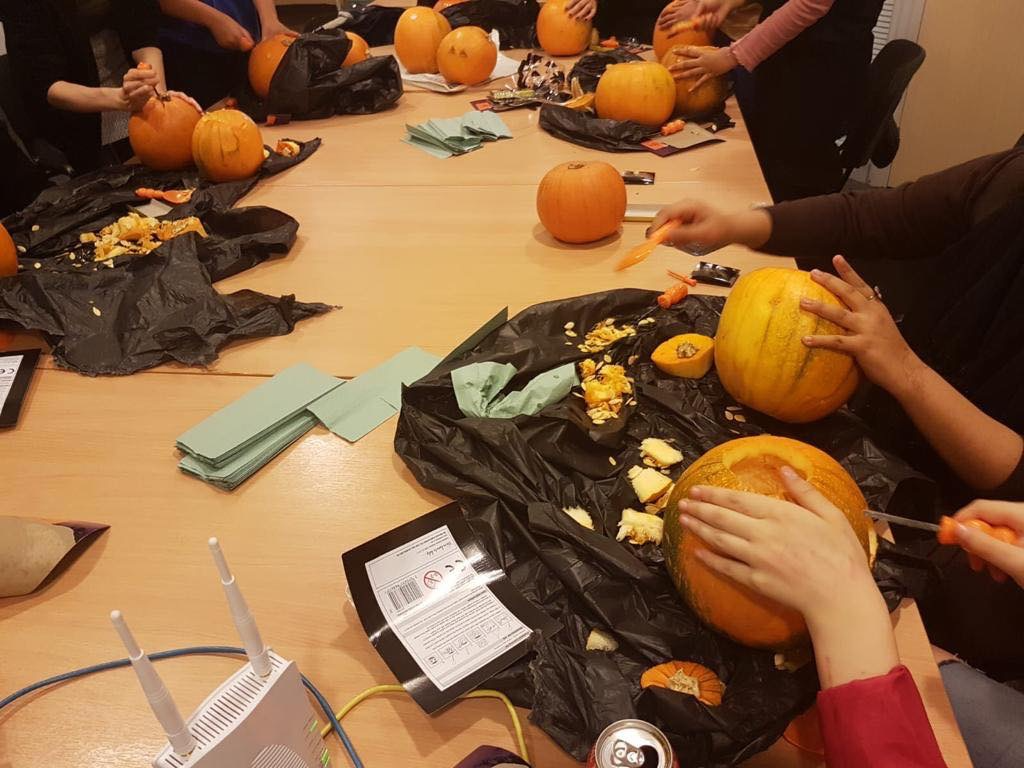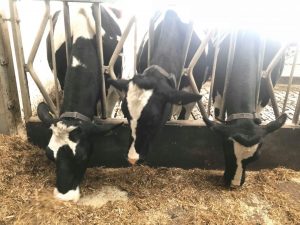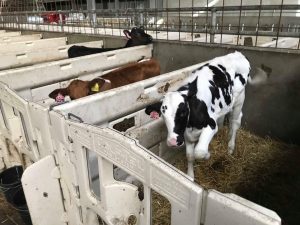



Over the last two weeks we have been focusing was on interdependence. Interdependence is when two or more parties depend on each other. interdependence can be looked at from three different perspectives, economically, socially and environmentally. By addressing all three aspects it allows a more in depth understanding to be gained.
An example of economic interdependence would be global market and trading. An example of social interdependence would be cultural integration, media, advertising.In order to see interdependence being carried out in a real life context we went to two different dairy farms.
The first farm that we went to was called Stranhead farm. In this farm the cows were kept indoor for 12 months, whereas most farms only keep their cows indoor for up to 7 or 8 months. The reason behind this decision was to allow farmers to have more control over the well-being of the cows and monitor them better. Additionally, staying indoors according to these farmers reduces the stress level of cows, and low stress levels mean that milk quality is better. The farmers informed that they only had female cows due to the fact that only female cows produce milk. In order to produce more cows, the female cows are artificially inseminated to reproduce. According to these farmers when asked if the cows would be happier outside they argued that if they were to take the cows outside, they would come back in after a few hours. This farm could be classified as a factory farm due to production being high intensity and aim to maximise profits with minimal costs, hence only keeping female cows and keeping them indoors. This methods allows cows to produce much more milk than other cows


Reflecting on this farm I aknowledged how this method allowed farmers to increase production, however I did not agree with the cows being kept indoors all year. As even though the farmer mentioned that the cows would come back in, they had never attempted this. Also at the end of the day, cows are animals and its in their nature to go our and graze rather than be confined in a small space with not much room to move around.
the second farm we visited was an organic farm called Mossgiel farm. this was a fanboy run business which is now being currently managed by Bryce. Bryce informed us that when his grandfather managed the farm the cows were kept indoors, however now the cows are allowed to go out and in comparison to the previous farm, Bryce ensures to get milk in the most sustainable manner. Both male and female cows are kept in this farm
Having the opportunity to visit both farms was extremely educational and informative because it made me more aware where my milk was coming from and how it was being produced. It made me aware that by absentmindedly purchasing milk, I am supporting farmers that get their milk through factory farming, which i do not agree with due to the fact that I feel cow should not be living in those conditions (staying indoor in confined spaces all year round and being artificially inseminated). In addition, the Mossgiel farm also provided opportunities for children to come and learn about their type of farming.
Glow Blogs uses cookies to enhance your experience on our service. By using this service or closing this message you consent to our use of those cookies. Please read our Cookie Policy.